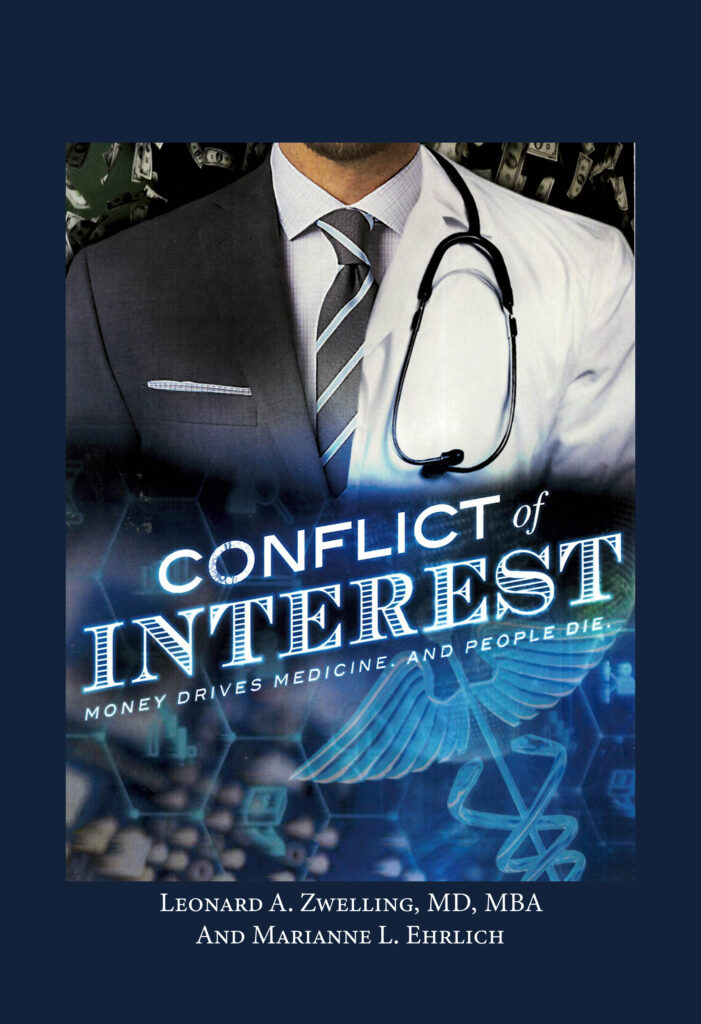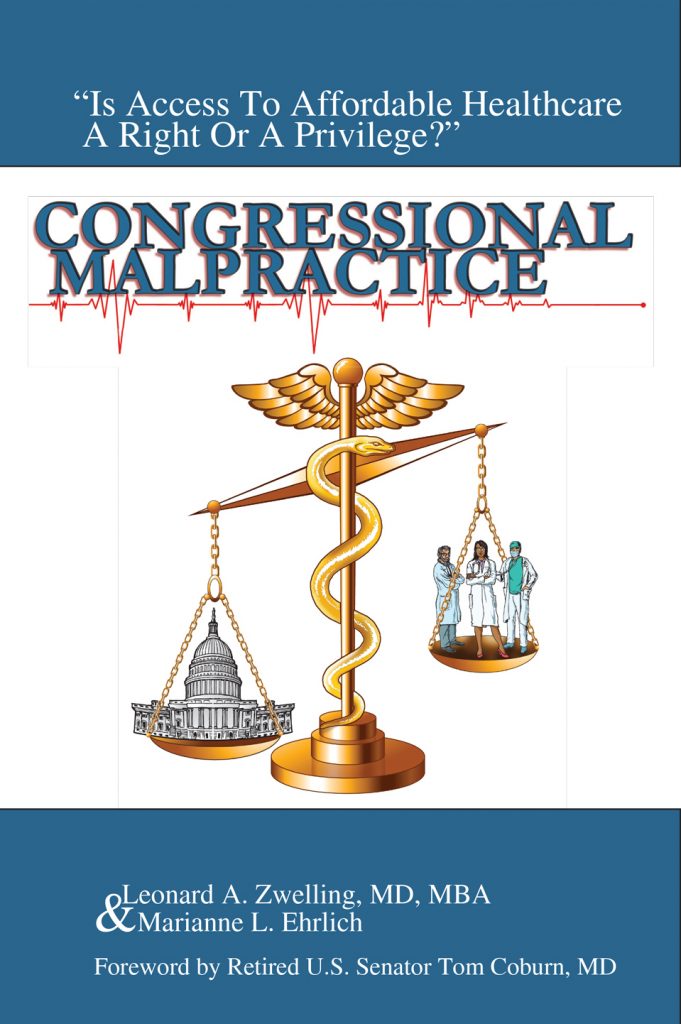The Real Healthcare Product
By
Leonard Zwelling
What is it that we in medicine really sell?
Now don’t be offended by the word sell. Doctors take money for doing stuff. They must be selling something. I know that they are professionals doing a service in what is supposed to be a fiduciary fashion with the patient foremost in mind, but in reality doctors take money for caring for patients, what’s the product?
The simple answer is health.
The problem with that one is that so many patients have chronic diseases, cancer being just one, that to make a patient’s return to ideal health the goal is totally unrealistic.
OK, what about an improved state of health?
That’s a good one, too, but very often limited by exactly how much can and should be done. Surgeons tend to be able to make big changes in the state of health of their patients by rearranging the plumbing, transplanting a diseased organ, or extracting an invasive mass. Internists, not so much. We tend to work at the edges trying to improve the lives of patients with serious disorders that are not that amendable to magic potions, synthetic chemicals, or external manipulation.
So while health or better health is our stated goal, in reality what we sell is something else and it’s really important.
I believe that what we in medicine sell is hope. It is the successful interaction between patient and physician that is ideally characterized by satisfaction on the part of BOTH parties. The doctor thinks that he or she did some good helping a patient cope with a chronic disorder. The patient and her family have been given strength, resolve, a plan, and some hope that things might get better in the patient’s life.
So what is the product of MD Anderson really?
It’s to give hope to cancer patients through correct diagnosis, a rational treatment plan, and the knowledge that no matter how sick a patient gets, the institution will be there for him. I believe that is what MD Anderson has always been and what it continues to be.
OK, if that is the case, is the current delivery system ideally situated to fulfill that goal? I believe that it is not.
There are far too many patients at 1515 for the faculty not to be overwhelmed by their numbers and their degree of illness. People with terminal diseases come to Lourdes on Holcombe looking for a miracle. Once the assessment that a miracle is not in the offing is made, perhaps it is time for that patient to get MD Anderson care somewhere other than on Holcombe. Ditto the patients with routine cancer care needs like those with primary breast cancer or non-invasive colon cancer or low Gleason score prostate disease. Once the diagnosis is made and staging complete, does that patient need to be seen on Holcombe? I think not. There are affiliates around Houston where traffic is lighter and parking easier. Why not send those patients there?
If that happened, the faculty on Holcombe would be less rushed, less stressed, less burnt out and happier. That’s a good goal.
Patient waits would be less lengthy and radiologists could spend time measuring lesions rather than declaring that none are followable as I have heard recently reported.
It is time for a new Chief Medical Officer and new Chief Operating Officer to roll up their sleeves and to take a long hard look at what is being done at 1515 and to determine if the resources of MD Anderson and its faculty are being optimally deployed.
If they are, say so and I will shut up. Until there has been a dispassionate evaluation of the delivery of that key MD Anderson product—hope—I think that need for evaluation and planning as well as systemic reorganization remains.




